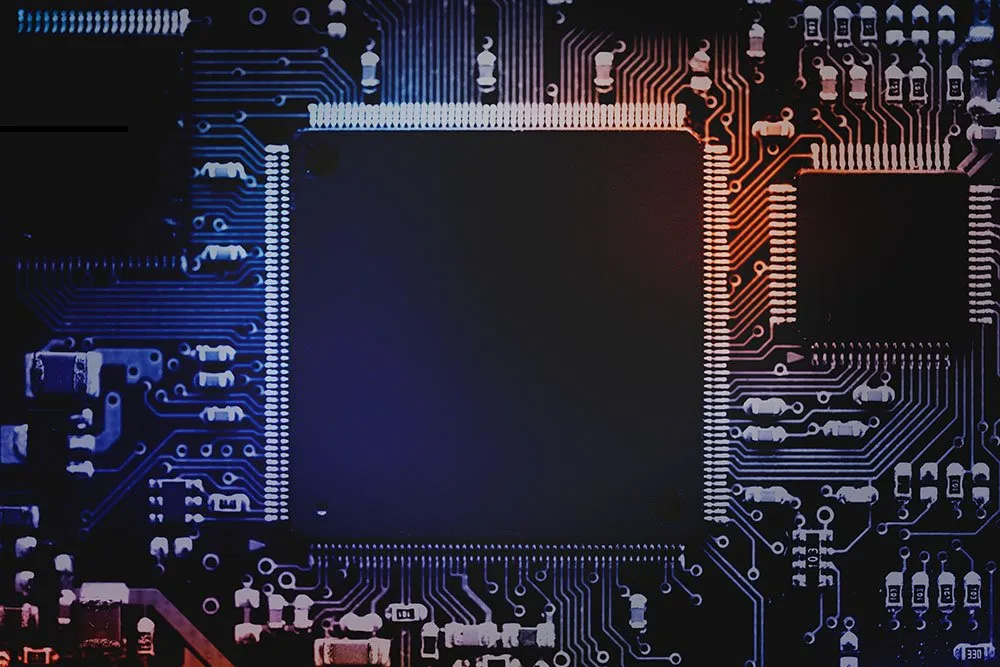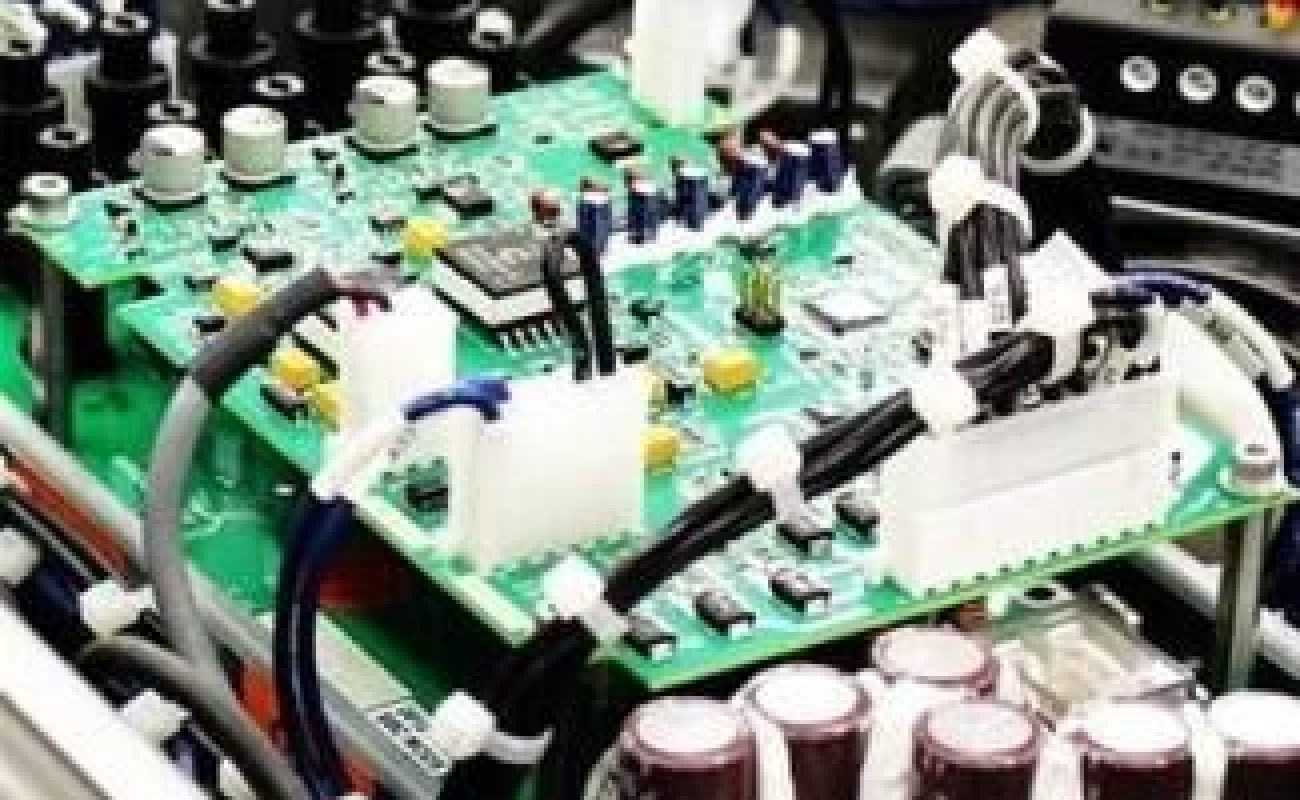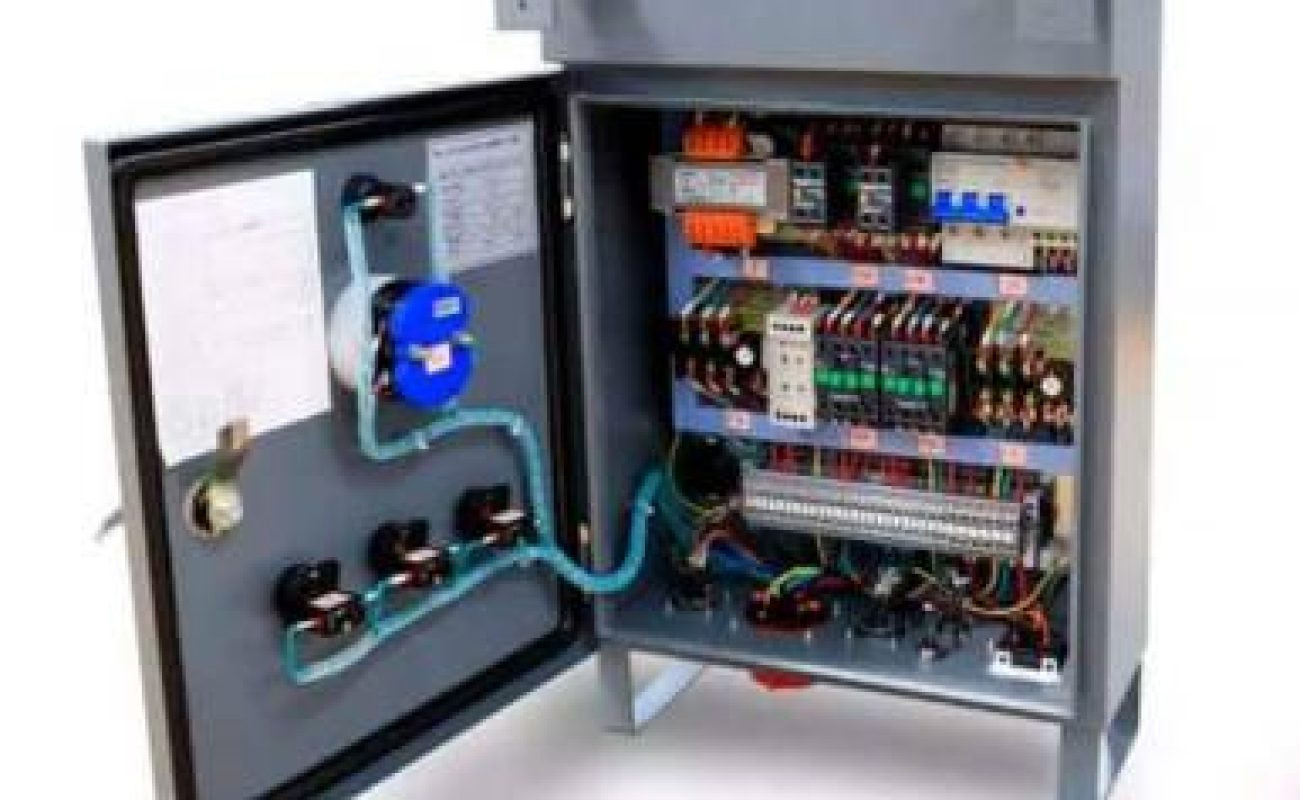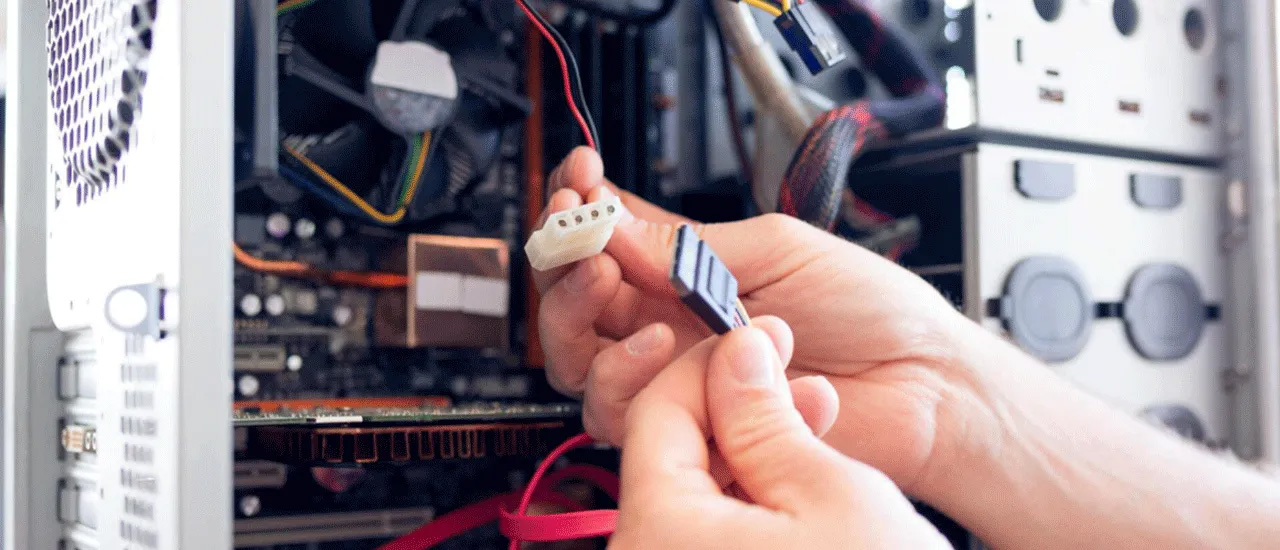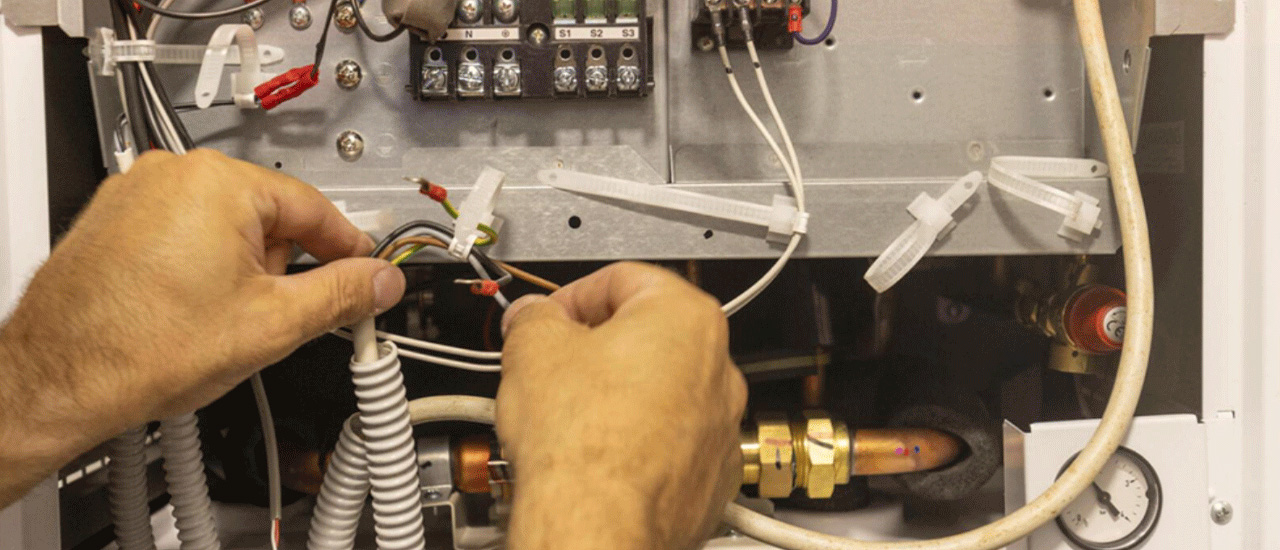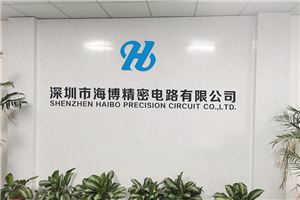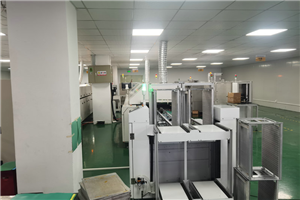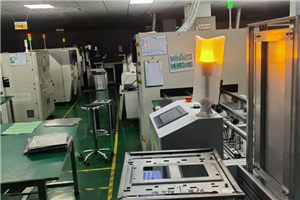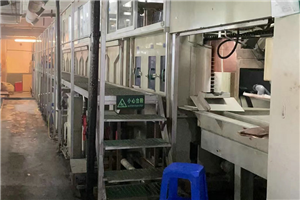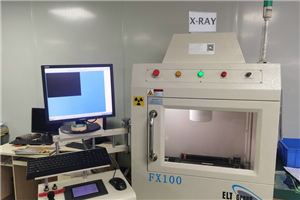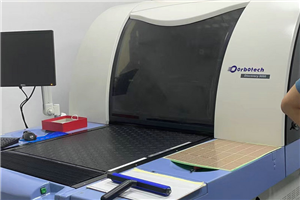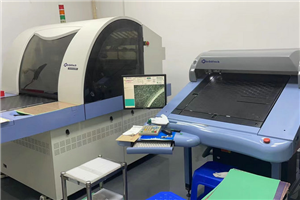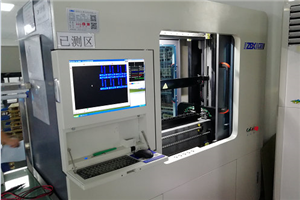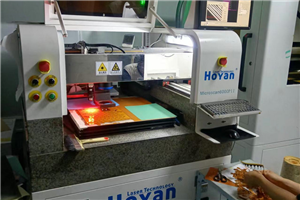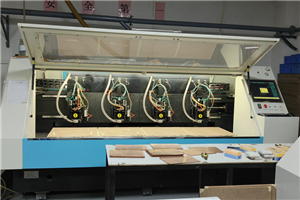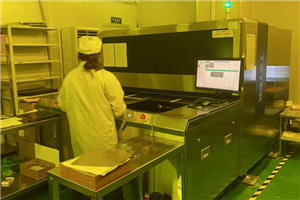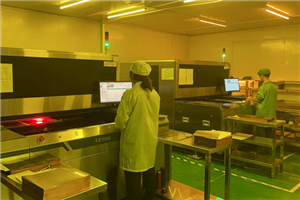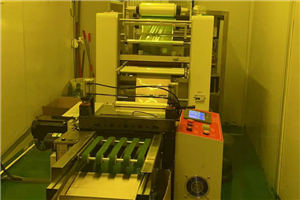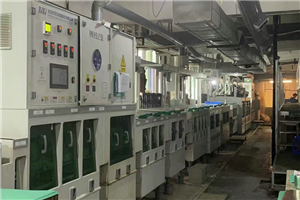As mentioned above, electromechanical assembly requires many elements, such as PCBs, cables, rails, housings, power supplies, pneumatic devices, input and output equipment, displays, actuators, gears, sensors, etc. Here, we will discuss the key elements required for electromechanical assembly workers to complete the electromechanical assembly process.
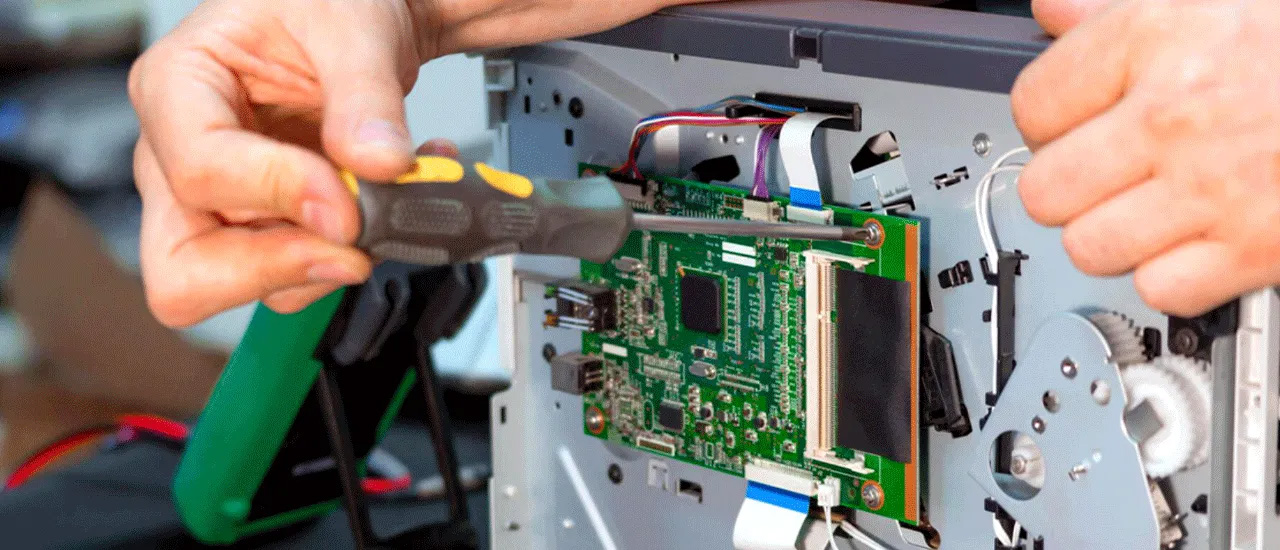
1. Cable and wire components
Cables and wires are used to physically and electrically connect components and equipment to transmit energy and signals, and are widely used in the aerospace, automotive, and military fields. Computers are also used to generate cable component paths to improve design efficiency. Cable components play an important role in electromechanical assembly. When designing the path, the engineering factors and material characteristics of the cable should be considered. Cable components can be manually completed by operators or grabbed by robots, depending on the order quantity and the capabilities of the mechanical and electrical assembly workers.
2. Power supply
Power supply is a widely used electromechanical product for all consumers. Almost 100% of electricity is generated by motors that can convert a form of energy into electrical energy. The components of the power supply assembly include but are not limited to transformers, rectifiers, and regulators. Power supply is very important in electromechanical components.
3. Switches and sensors
An example of electromechanical assembly is switches and sensors, which are widely applicable in any industrial environment. Some examples include linear limit switches, which change the contact state when there is physical contact between an object and the switch, and rotary limit switches, which allow or prevent current when closed or opened. Meanwhile, sensors are used to convert signals such as sound, heat, light, and motion into electrical signals. The sensor component will include a sensing element, a housing, and a transmitter. Any electromechanical assembly worker should ensure that all switches and sensors are correctly placed.
4. Printed circuit board components
Printed circuit boards are widely used in electronic devices because they serve as platforms for various electronic components that can perform various functions. Electronic components are picked up and placed on the circuit board, and the conductive pads of the components and circuit board are metallurgically connected using solder. There are several types of printed circuit boards, such as flexible or rigid circuit boards, single-layer or multi-layer. Then integrate the PCBA into mechanical components to produce so-called 'boxed' components. Printed circuit board assembly is crucial for electromechanical assembly services, as electronic products cannot function properly without a perfect PCB.
5. DIN rails, frames, and enclosures
After all the materials required for electromechanical assembly are ready, they need to be assembled in a plastic or metal casing with DIN rails and frames to form a complete electronic device. In most cases, customized casings, DIN rails, and frames are required. In the final assembly stage, electrical and mechanical assemblers place and secure all components (such as PCBs, cables, switches, sensors, power supplies, input and output devices, relays and safety components, and pneumatic devices) in the housing with the support of DIN rails and frames.


